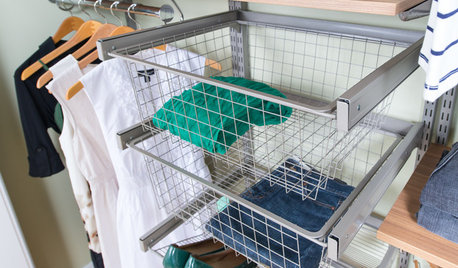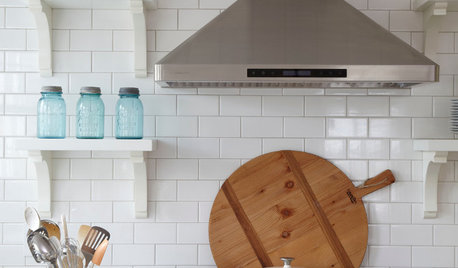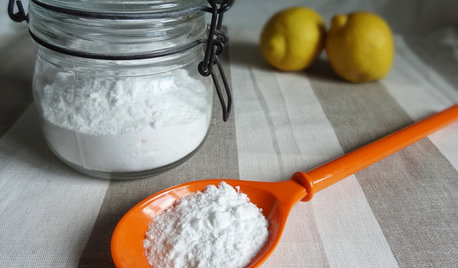Weed cloth = no worms?
kristimama
16 years ago
Related Stories

EDIBLE GARDENSNatural Ways to Get Rid of Weeds in Your Garden
Use these techniques to help prevent the spread of weeds and to learn about your soil
Full Story
GARDENING GUIDES5 Ways to Naturally Win the Weed War
Show irksome weeds no mercy with these tricks for combating them sans chemicals
Full Story
CLOSETSHow to Store Your Clothes to Keep Them Looking Good Longer
Here’s what clothes to fold, what to hang and how to stash your off-season stuff
Full Story
GARDENING GUIDES7 Ecofriendly Gardening Ideas That Also Cut Chore Time
Spend less time weeding, less money watering and more moments just sitting back and enjoying your healthy garden
Full Story
INSPIRING GARDENSFrom Concrete Lot to Gracious Organic Garden in Seattle
Plants, pests and even weeds have a place in this landscape, which offers an edible bounty and a feast for the eyes
Full Story
FEEL-GOOD HOME21 Ways to Waste Less at Home
Whether it's herbs rotting in the fridge or clothes that never get worn, most of us waste too much. Here are ways to make a change
Full Story
HOUSEKEEPINGMarch Checklist for a Smooth-Running Home
Get a jump on spring by spiffing up surfaces, clearing clutter and getting your warm-weather clothes in shape
Full Story
LAUNDRY ROOMS7-Day Plan: Get a Spotless, Beautifully Organized Laundry Room
Get your laundry area in shape to make washday more pleasant and convenient
Full Story
FEEL-GOOD HOMEIs Your Bedroom Designed for a Good Night’s Sleep?
Find out how the right nightstands, bedding, rugs, TV and storage can help you get more restful slumber
Full Story
HOUSEKEEPINGBaking Soda: The Amazing All-Natural Cleanser You Already Own
Battle grime, banish odors and freshen clothes with this common nontoxic cupboard staple
Full StorySponsored






flatlander
arjo_reich
Related Professionals
Grand Haven Landscape Architects & Landscape Designers · Lake Oswego Landscape Architects & Landscape Designers · Roosevelt Landscape Architects & Landscape Designers · Canton Landscape Contractors · Athens Landscape Contractors · Burlington Landscape Contractors · Hendersonville Landscape Contractors · Hicksville Landscape Contractors · Mission Landscape Contractors · Ansonia Landscape Contractors · Baltimore Fence Contractors · Canoga Park Fence Contractors · Mill Valley Fence Contractors · West Sacramento Fence Contractors · Castaic Fence ContractorskristimamaOriginal Author
queuetue
sinfonian
arjo_reich
timewind
flatlander
arjo_reich
kristimamaOriginal Author
medontdo
arjo_reich
sinfonian
okiedivot
arjo_reich
darthtrader
Ray Scheel
adidas33
engineeredgarden